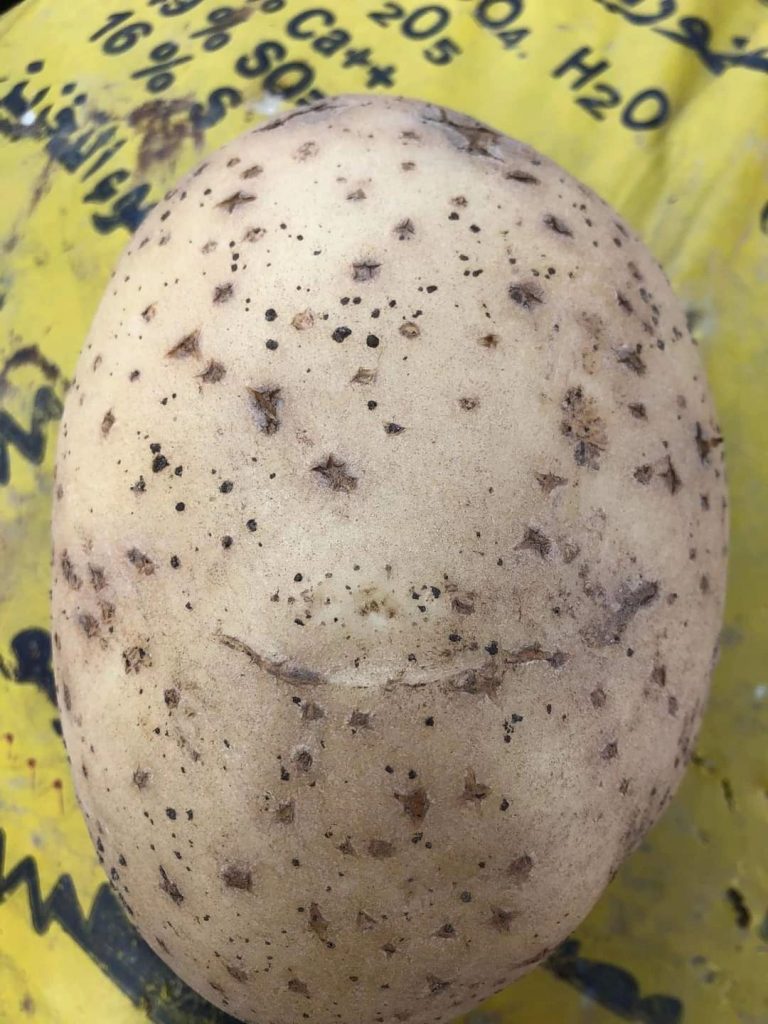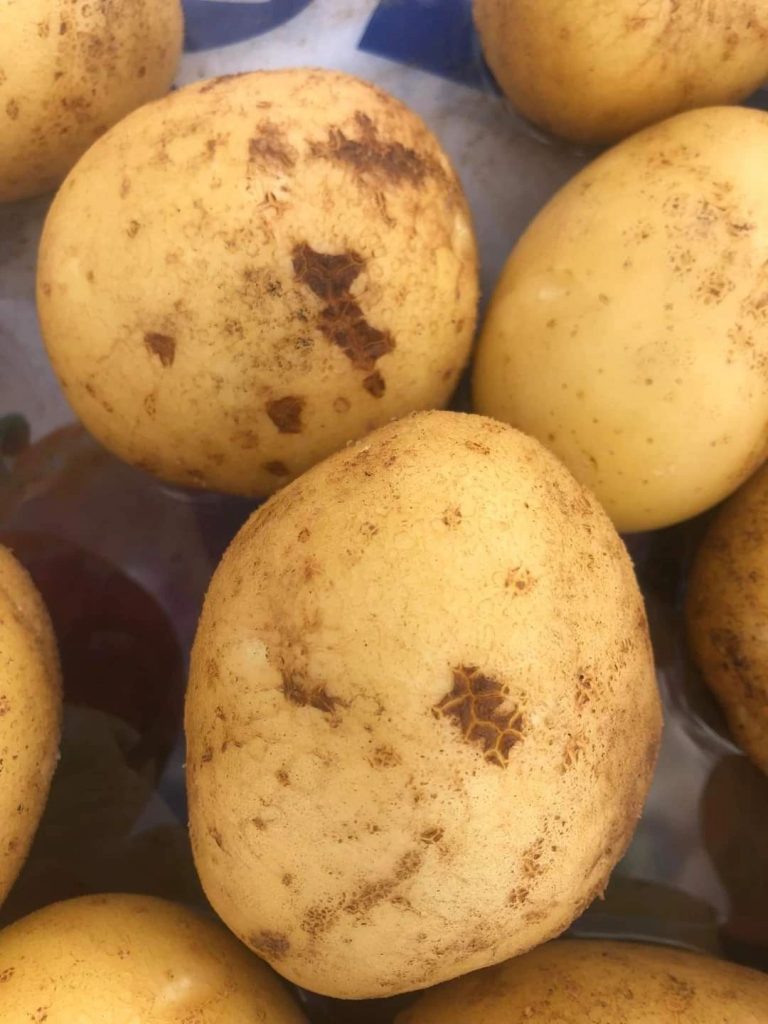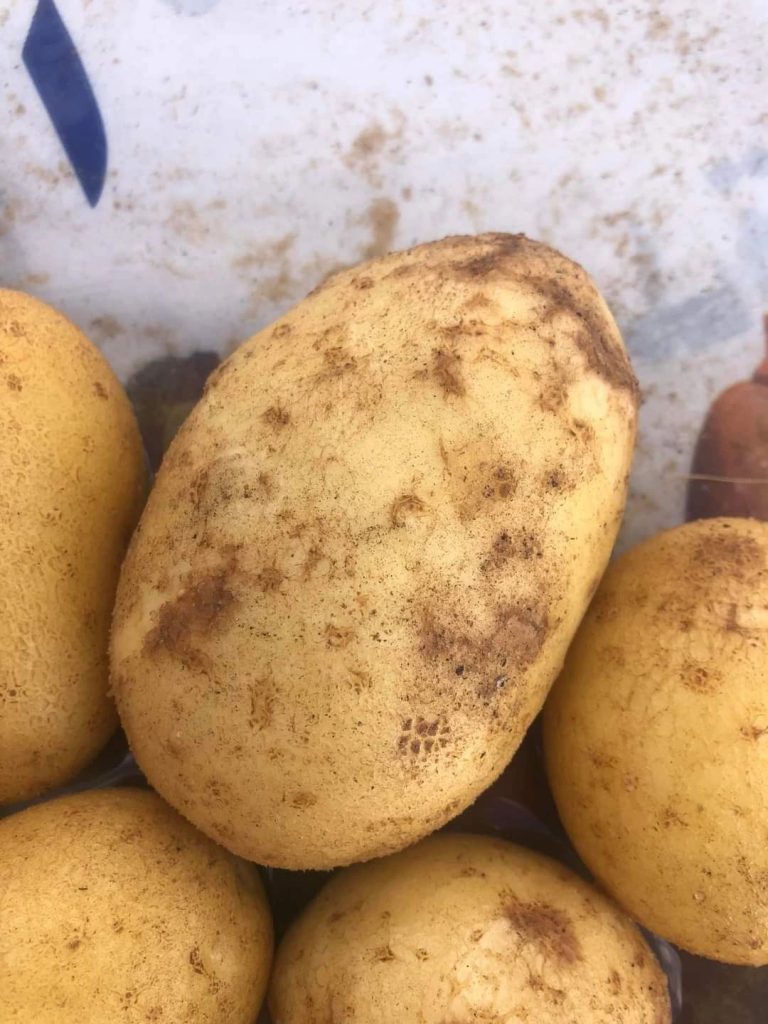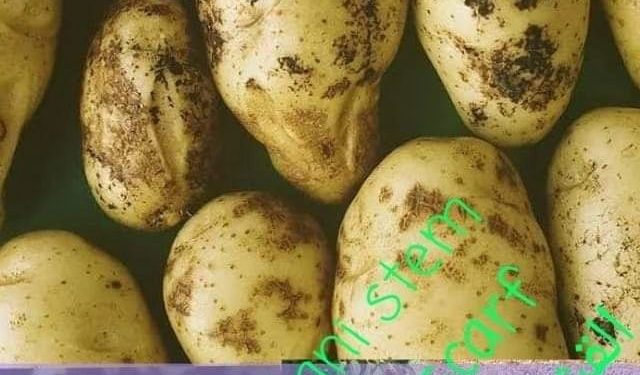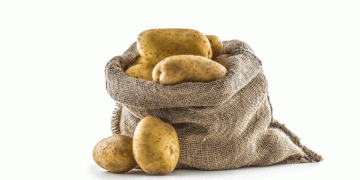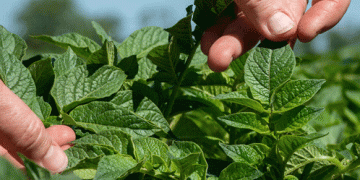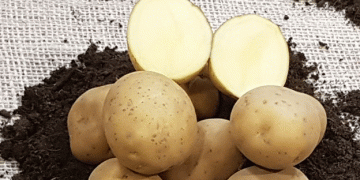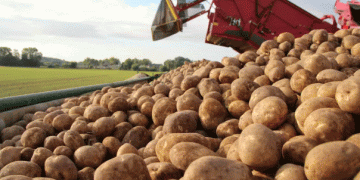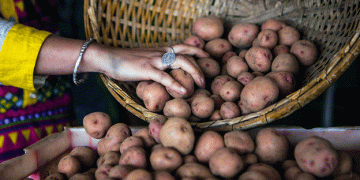Understanding Rhizoctonia solani: An Essential Guide for Farmers, Agronomists, and Industry Professionals
Black scurf, caused by the fungus Rhizoctonia solani (full form Thanatephorus cucumeris), presents a significant challenge in potato production worldwide. Recognizable to both potato farmers and traders, this disease is especially problematic during winter planting seasons, affecting a variety of soil types, potato varieties, and regional climates. With high survival rates in the soil, black scurf thrives in cool, humid conditions, reducing crop yields and market value due to its impact on tuber quality.
Disease Spread and Symptoms
The fungus Rhizoctonia solani spreads primarily through infected seed potatoes and soil, where it can survive for over eight years as either fungal threads, known as hyphae, or as hardened structures called sclerotia. Infection begins when these sclerotia germinate, producing hyphae that invade the stem and roots of seed potatoes, especially during the sprouting phase. In storage, the fungus can also spread on tuber surfaces, especially in cool storage conditions, causing black or brown sclerotia patches that adhere to the skin—commonly described as “dirt that won’t wash off.” These patches can range from small spots to extensive clusters up to 2.5 cm wide.
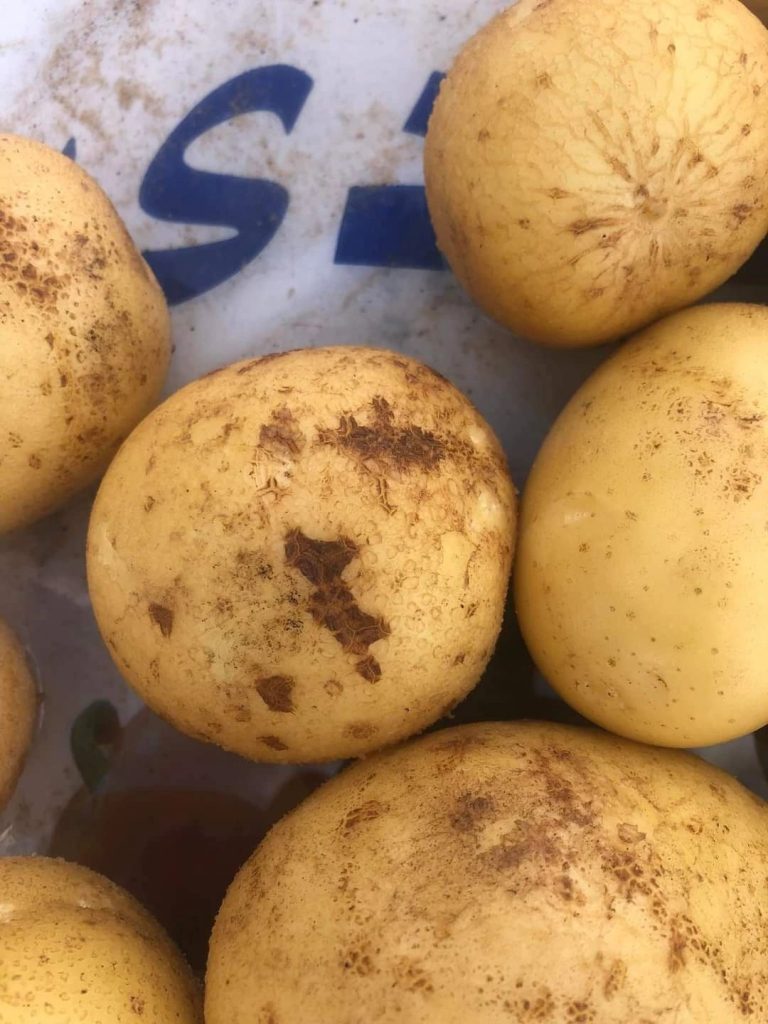
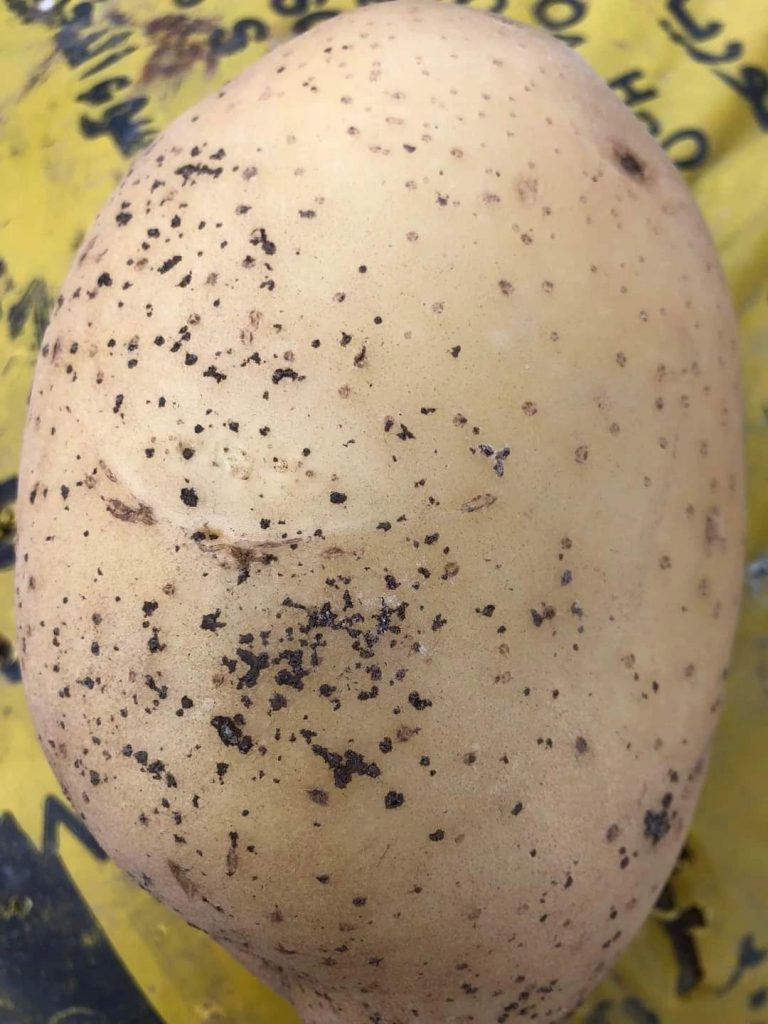
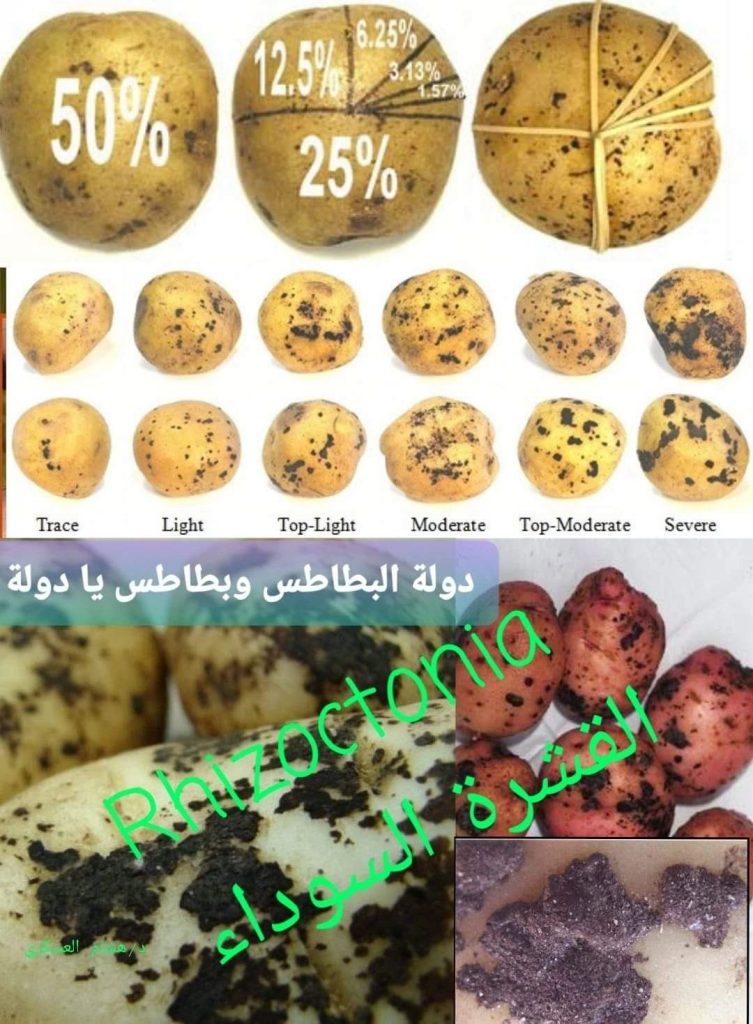
Ideal Conditions for Disease Development
Black scurf flourishes in environments with high humidity and lower temperatures, which slow plant emergence and promote fungal growth. Its symptoms extend beyond sclerotia on tubers, with leaf curling, plant wilting, and tuber cracking also observed. Infection often occurs in tubers harvested late and stored in cold conditions, and planting infected seed potatoes can lead to increased levels of black scurf in the soil.
Recognizing and Measuring Disease Severity
A standard method to assess Rhizoctonia infection in seed potatoes is to observe the coverage of sclerotia on the tuber’s surface. Both sides of the tuber are examined, and the percentage of infected area is estimated based on sclerotia distribution. Imported seed potatoes must have infection levels below 5%, with less than 10% of the tuber surface affected.
Prevention and Control Strategies
Effective management of black scurf involves multiple preventive measures and treatment strategies:
- Use of Certified Seed Potatoes: Healthy, certified seeds free from black scurf are essential for limiting infection sources.
- Crop Rotation: Regular crop rotation in infected fields can reduce fungal presence over time.
- Fungicide Application: Fungicides such as Moncut, Rizolex, Maxim, Celest, and Lineoform are recommended, applied either directly to seed potatoes before planting or injected with irrigation water in drip irrigation systems. This approach prevents initial infection and protects plants during early growth stages.
- Soil Disinfection: Regular soil disinfection using copper sulfate at a rate of 3-4 kg per acre is also suggested, particularly in heavily infected fields.
Conclusion
With proactive management strategies, potato farmers and agronomists can mitigate the impact of black scurf and reduce crop losses. Using certified seeds, practicing crop rotation, and applying fungicides effectively are essential steps in maintaining high-quality potato crops and safeguarding against Rhizoctonia solani.
